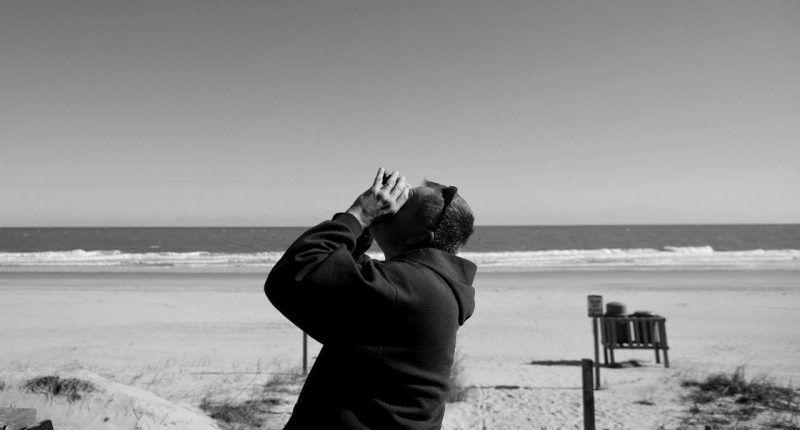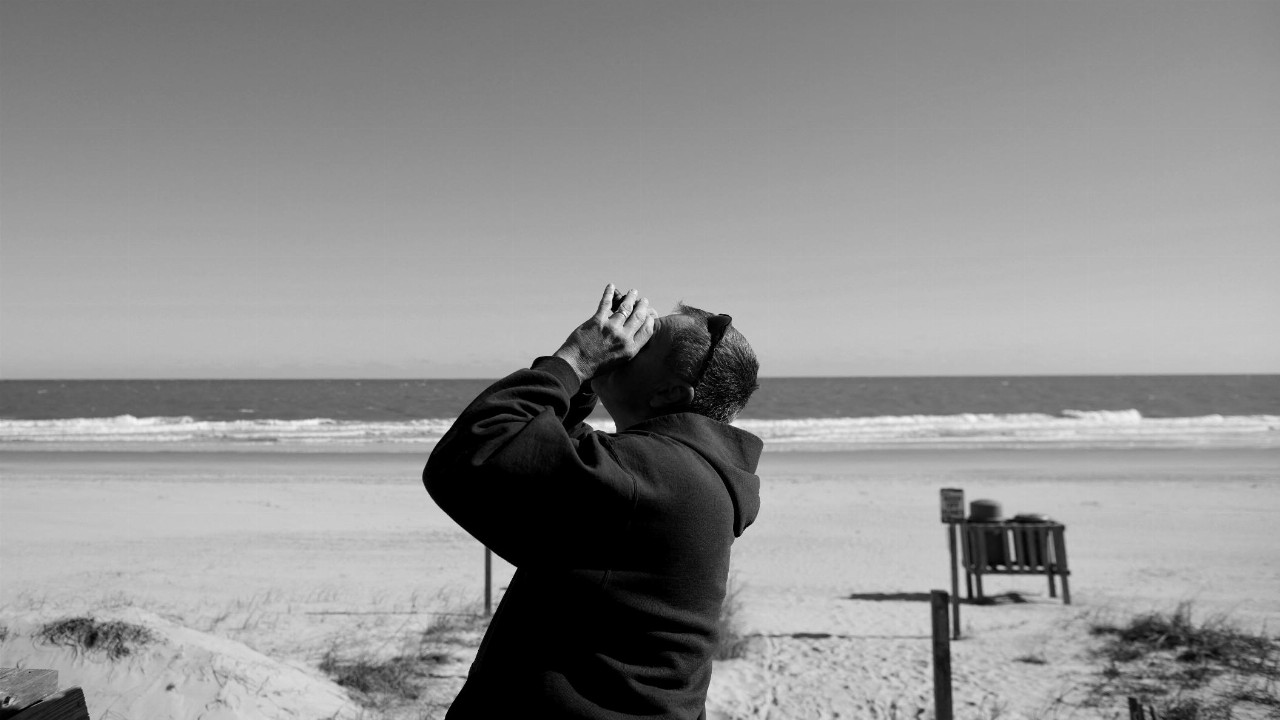These are not safe times to be a weather balloon.
Until a couple weeks ago, the high altitude weather and research balloons we all know are up there doing all sorts of non-nefarious things were not even on the public’s risk radar screens. But now they’re certainly a bright pulsing blip on the screen of our fears.
In just a couple of weeks, we’ve soared into full-blown Balloon Freakout. One balloon that, according the US government, was connected to the Chinese military was found floating over nuclear missile bases in Montana. That device dangled all kinds of electronic gear and was shot down when it was safely over the ocean. Then, three more devices were spotted over Alaska, Canada and Lake Huron, and were shot down too, even though close inspection by fighter pilots found they were carrying no discernible weapons, had no identifiable propulsion systems, and had no apparent capability to transmit anything.
How can this threat have gone from zero to OMG! so quickly? It turns out that we are instinctively wired to worry more about new risks and about risks with a lot of uncertainty, according to research from psychologist Paul Slovic and others. These devices are being referred to as “unidentified aerial objects” and officials admit they don’t know if any more are out there.
We also worry more about risks that remind us of things we’ve already learned to fear, particularly those we fear most, like nuclear war. The spy balloon comes amid growing tension between the United States and China, whose militaries are already not talking to each other as much as they used to. Communication helps make sure small things, like spy balloons, don’t become big things.
For some people, these past few days recall other times we freaked out about something from above in the context of the threat of nuclear war. In 1957, the Soviet Union launched Sputnik 1, a little metal ball with four antenna transmitting weak signals, into space as the first human-made satellite. I was only six years old and can viscerally recall the fear that carved through the country. We were all scanning the skies, and worrying.
Of course, there were actual balloon weapons used against the United States. During World War II, Japanese meteorologists tapped the jet stream to float 9300 “Fu-Go” balloons with anti-personnel bombs and incendiary devices toward Alaska and the West Coast. The idea was to set the Northwest ablaze. About 300 of them landed, mostly in damp forests, and therefore did little damage. Nor did that attack set off huge public alarm because the press paid little attention and the government said even less, given what else was going on.
Balloon Freakout also taps into our fear and fascination with the prospect of aliens paying Earth a visit. That fear bell is readily rung. The panic triggered by Orson Welles’s “War of the Worlds” radio play in 1938 is legendary. The 1951 film “The Day the Earth Stood Still”, is still considered a classic. Contemporary alien visitor films like “E.T. the Extra-Terrestrial” (1982), “Independence Day” (1996) and “War of the Worlds” (2005) were all blockbusters, in part because they flashed this threat across our reptilian brains.
The psychology of risk perception helps us understand why. The Pentagon refers to these recent devices as “unidentified anomalous phenomena”. The White House calls them “unidentified aerial objects”. More commonly, we call these sorts of things UFOs, unidentified flying objects. The key word in UAPs and UAOs and UFOs is “unidentified”. Mysterious. We don’t know what these three things were, where they came from, what they were doing. Remember, we worry more about risks the less we understand them and the less empowered we feel to protect ourselves.
Risk perception fuels our fears in two ways. Directly, in each of us. But also indirectly, because the people in the news and social media worlds realise that what worries us gets our attention. By blaring the alert and hyping the worry, the press can heighten awareness and further brighten the blip on our emotional risk radar.
Balloon Freakout will probably pop soon presuming that the wreckage of the three devices proves innocuous. But it is a providing a great opportunity to recognise that risk perception itself is fraught with risk.
We end up overfearing some things that trigger psychological fear factors, and we also sometimes dangerously underfear others based on the psychological factors they invoke. These “risk perception gaps” do real harm. Consider how we comfortably engage in risks that worry us less because we take them voluntarily, like smoking or texting and driving.
We can benefit from this self-understanding. The news and social media should realise they play and report on risk with more responsibility. And we all can realise that when we are sorting out what to be afraid of and how afraid to be, the best thing to do is to take a breath, avoid jumping to emotion-based and poorly informed conclusions, and give our more careful reasoning cognitive processes a louder voice. That’s the best way to keep ourselves safe.
Meanwhile, anyone thinking about launching weather balloons might want to wait a few weeks.
This article originally appeared in The New York Times.
David Ropeik is a retired Harvard instructor and the author of “How Risky Is It, Really? Why Our Fears Don’t Always Match the Facts”.
Stay up to date on all the latest commentary, analysis and opinion pieces from Art of the Essay by following on Twitter, Instagram, Facebook and LinkedIn.





